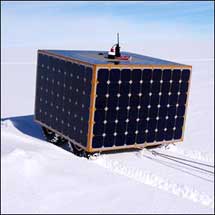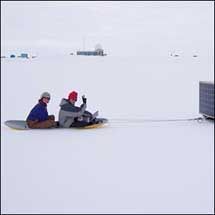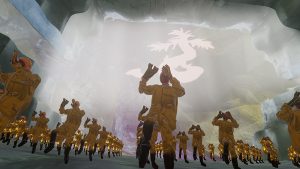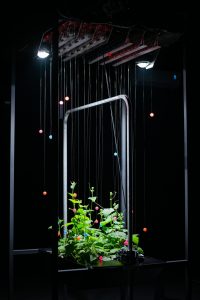US scientists have tested in Greenland a solar-powered robot capable of driving hundreds of kilometres and doing scientific experiments alone. Subject to funding, they envisage building and deploying a fleet of five robots by the end of next year.


“These could perform scientific experiments where access is currently difficult or expensive,” said James Lever, from the US Army’s Cold Regions Research and Engineering Laboratory. “There are two basic types of mission scenarios. One would be to stop the robot en route and take the data you need – things like sampling for bacteria in the snow, measuring the atmosphere, or doing a glaciological survey with ground-penetrating radar. Then the other side is array-based sensor networks where you would deploy the instruments and then pick them up some time later.”
It can carry a payload of at least 70kg and tow a much heavier load behind on a sledge.
The robot-box would follow a pre-programmed route, calling home via satellite to download data or if it encountered an unanticipated problem requiring new instructions. The robots are designed to master most obstacles but if they find something they cannot cope with, their computers carry algorithms which should make them stop and check back for instructions.
Related: The Antarctic Snow Cruiser, “Ninety Degrees South” vehicle, Antarctic station built on skis, Polar bears drown as ice shelf melts.
Via BBC News.







